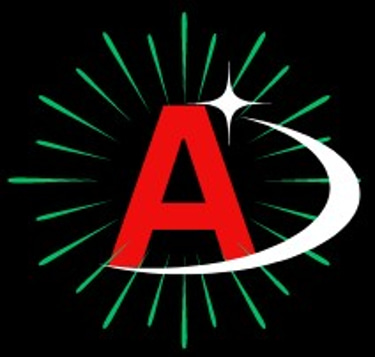Types of Process Improvement Approach
Approach scope in Business world
7/2/20251 min read
Business processes can be improvised relentlessly continuous by deploying approaches such as 6σ's DMAIC & DMADV, lean manufacturing and theory of contraints TOC. DMAIC for existing system's process effectiveness improvement and DMADV for creating new processes not yet existing. Lean manufacturing targets waste reduction to cut costs eying inventory,excessive motion,overprocessing,transportation,overproduction & defects.
6σ's fish bone/ishikawa (cause and effect) diagram, SIPOC analysis diagram and Business Process Mapping simplifies the total landscape into calculated territories. Lean manufacturing can be simplified using Value Stream Maps.
Blend 6σ & lean manufacturing to formulate lean six sigma (lean 6σ) which provide comprehnsive solution to save time, improve quality, cut costs & emliminate waste.
TQM as by name a management approach where the stakeholder branch employees are dedicated and made responsible for flourishing the continuous improvement by targeting process oriented approach. Customer satifaction is achieved by customer determining the quality and their feedback backfed into the system to update and improve the process. US navy deployed 7 tools to determine were fish bone diagram, check sheet, control chart, histogram, pareto chart, scatter diagram & stratification. PDCA cycle aka Shewhart cycle/Deming wheel is another useful TQM diagram for continuous improvement.
JIT cuts production time and cost which uses Kaizen approach but produce only when needed. JIT works along with Kanban Project management to collect and process live date to detect hidden problems. TPS is about long term goals as Philosophy, process management, stakeholder management & Problem solving. A3 Report and Kanban Board are asset diagram seeing through lens of JIT.
TOC with minimum 1 constraint at hand to solve progress through identify, exploit, subordinate & systme sync, elevate & repeat which is then simulated on Reality Tree Diagram.
Kanban approach evolves through stages of Visualising the operations, Limit the active operations, Manage the Flow of Operations, Displaying and enforcing Explecit policies, Feedback, Experimentation & Improvement synchronized.
Kaizen approach journeys through plateus of Continuous Improvement, stakeholder's category Employees empowerment with respect to target improvement, Long term goals and success, zero delay in response to problems an Immediate Action plateu and Standardisation.
Amen Management Consulting AMX
© 2025. All rights reserved.
